Consult a mathematician before you visit Disneyland

You don’t want to wait in a theme park? We hired a mathematician to tell you the tips and tricks!
Can flipping the queue spare you time?

How would you react if we would tell you that serving the last customer in the queue in beneficial?
Traffic congestion: Braess' Paradox
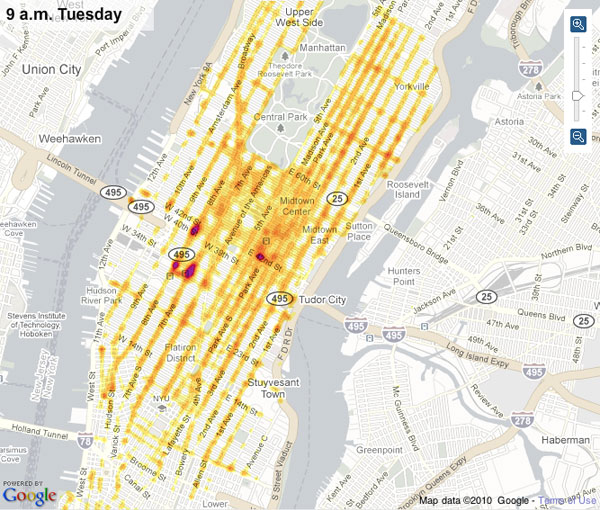
Can you imagine that the, seemingly innocent and quite natural, idea to build more roads in order to solve the traffic problem can be sometimes quite a bad idea.
Traffic congestion: Optimal tolling schemes
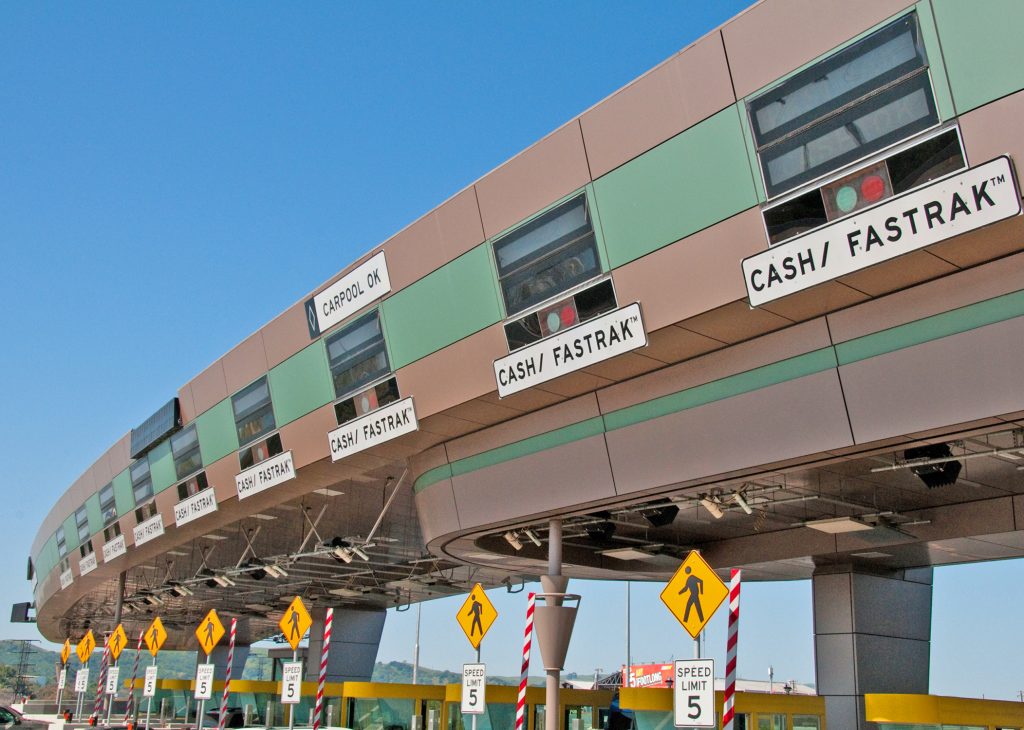
Congested road networks are a big problem in many countries. Building more roads is not always the best solution to solve this issue. One of the reasons for this is that drivers behave selfishly
Layered networks III: The math behind manufacturing plants design
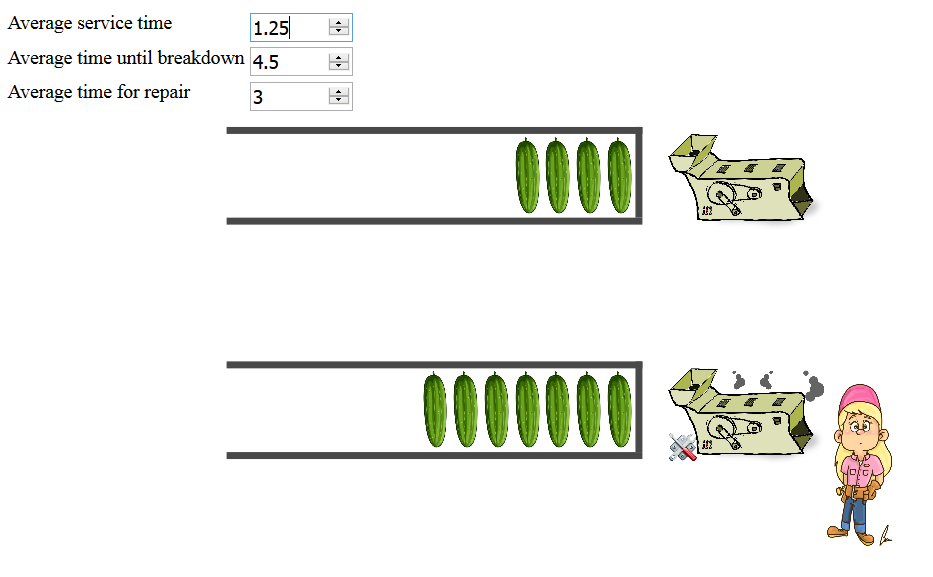
Earlier, we have seen that layered queueing networks are found in manufacturing plants, as well as many other applications in society. The math behind such networks is much more challenging than traditional queueing networks.
Layered networks II: The layered character of manufacturing plants
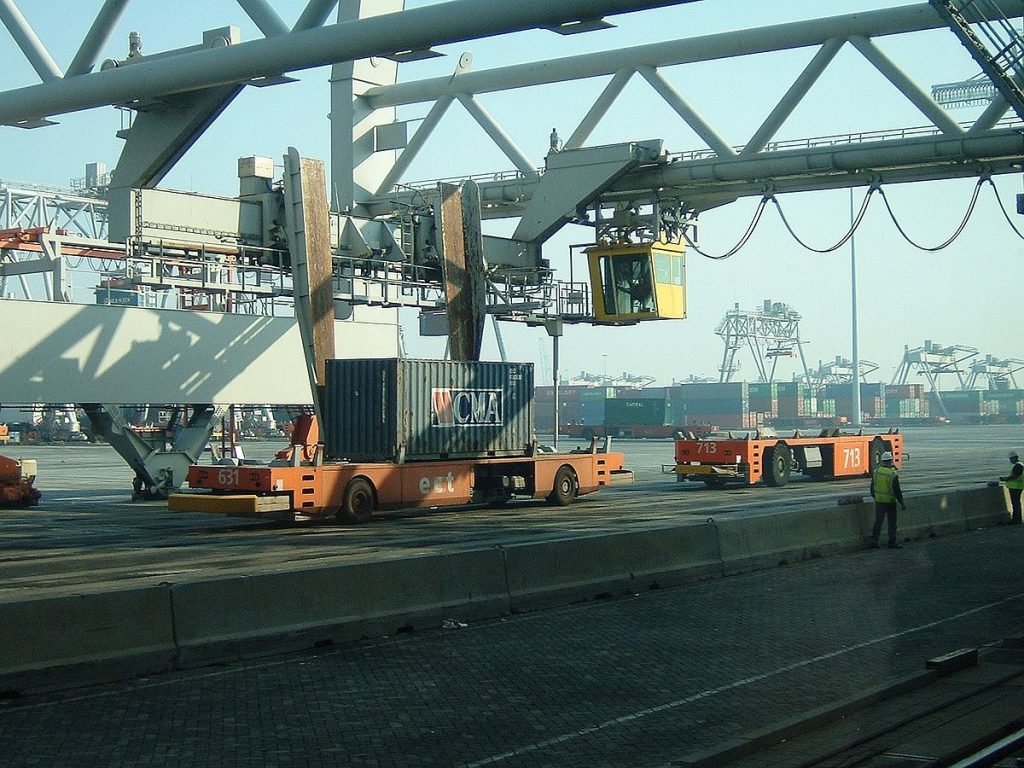
We have seen that queueing networks can be a great aid to answering such design questions. In this article, we look more closely at what queueing networks in manufacturing plants look like. It turns out that they have a very distinctive feature in that they are layered.
Traffic congestion: Tolls
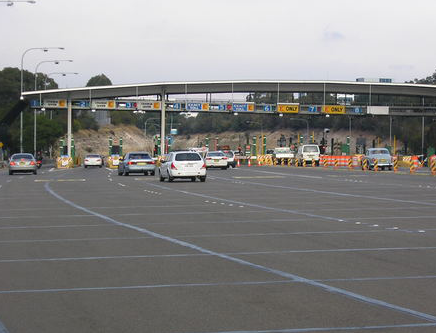
One way to mitigate the consequences of drivers' selfish behavior, is by introducing tolls (or taxes) on certain parts of the road network. This is also known as road pricing.
Layered networks I: From manufacturing plants to queueing networks
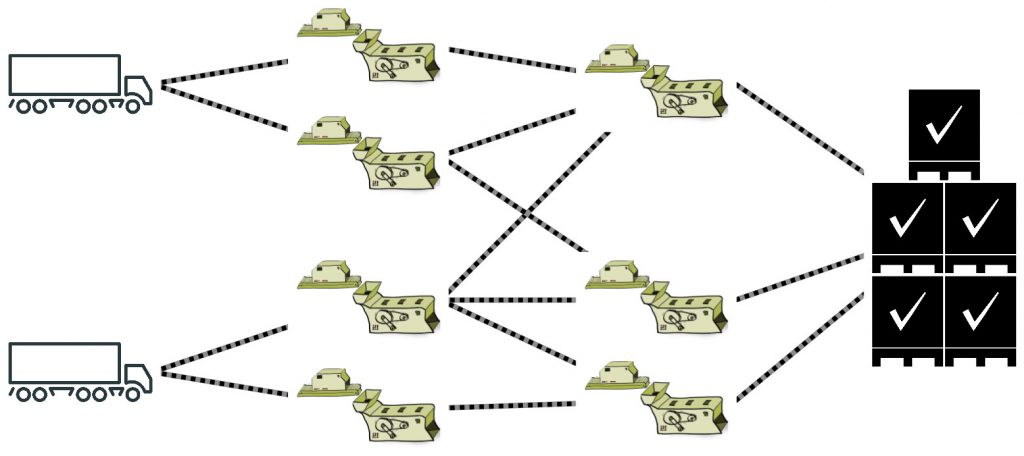
Manufacturing plants convert raw material into a final product. Think of cars, where the production line consists of a large number of phases to put all the different parts together into a working car. Big machines in such a plant perform the processing steps in different phases, which often have to be done in a specific order.
Traffic congestion: Pigou's example
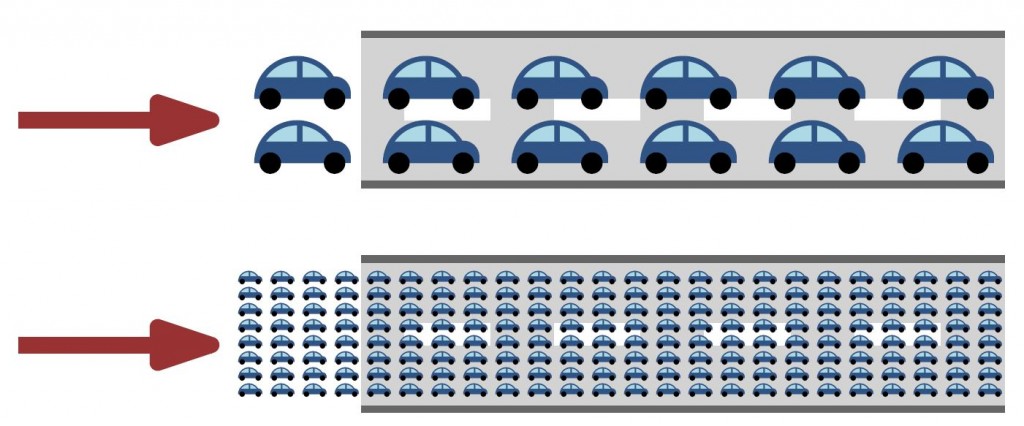
In network congestion models, we make some simplifying assumptions that make our life easier. In a large-scale system, each individual driver contributes a tiny amount to congestion, if we assume that every car controls the same amount of traffic.
